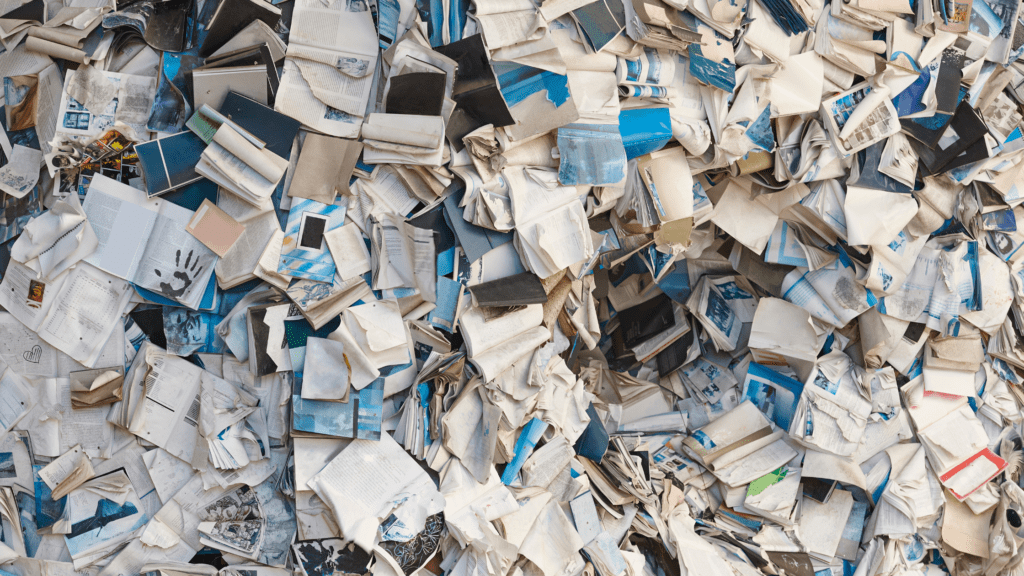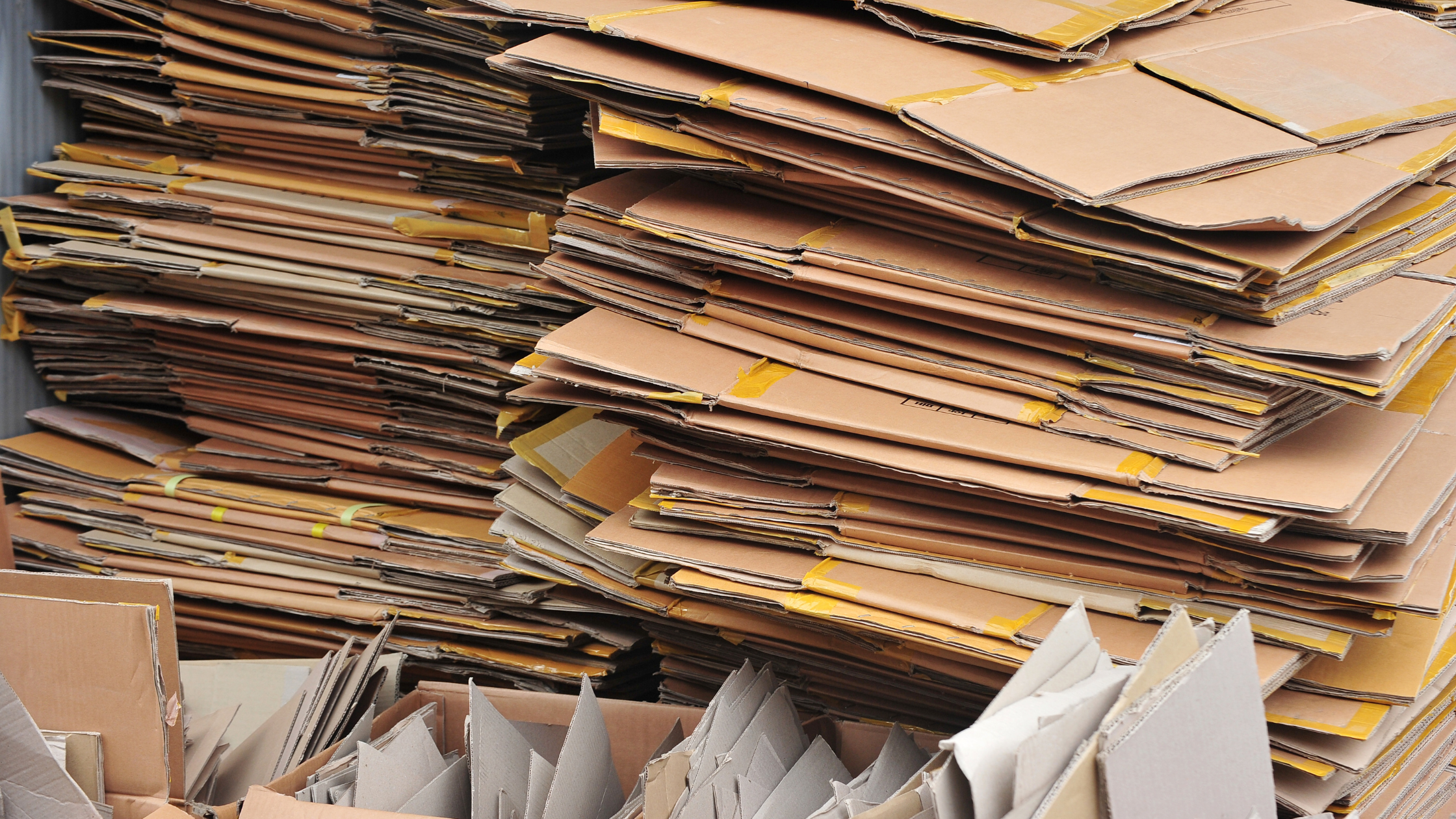Paper is an essential part of our daily lives, from writing notes to printing documents and packaging goods. However, the environmental cost of paper production has become a significant concern in recent years. The production of paper requires a large amount of energy, resulting in high greenhouse gas emissions and carbon footprint.
In this article, we will explore the true cost of paper and how it impacts the environment. We will delve into the energy intensity of paper production, including the raw materials used, manufacturing processes, and transportation. Additionally, we will highlight the high carbon footprint of paper and the potential consequences for the environment. Ultimately, our goal is to raise awareness of the environmental impact of paper and encourage individuals and businesses to adopt sustainable practices to reduce their paper consumption.
The Carbon Footprint of Paper
The production of paper has a significant carbon footprint. The manufacturing process involves several energy-intensive stages, including pulping, bleaching, and drying. These processes require large amounts of electricity and fossil fuels, resulting in high levels of greenhouse gas emissions.
Moreover, the paper industry contributes to deforestation, which further exacerbates the problem of carbon emissions. Deforestation accounts for approximately 10% of global greenhouse gas emissions, as trees absorb carbon dioxide and help regulate the Earth’s climate. When forests are destroyed, the carbon stored in the trees is released into the atmosphere, contributing to climate change.
Transportation also plays a role in increasing the carbon footprint of paper. The raw materials used in paper production, such as wood and pulp, are often transported over long distances, resulting in additional emissions.
So, the production of paper has a significant impact on the environment, particularly in terms of carbon emissions. It is essential for individuals and businesses to adopt sustainable practices to reduce their paper consumption and promote the use of recycled and sustainable paper products.
Energy Intensity Of Paper Production
The production of paper is a complex and energy-intensive process that has a significant impact on the environment and contributes to global carbon emissions. The following are the key factors that contribute to the high energy intensity and carbon footprint of paper production:
Raw Material Sourcing
The sourcing of raw materials such as wood pulp is a major contributor to the carbon footprint of paper. The harvesting and transportation of wood pulp can release significant amounts of greenhouse gases, and the use of virgin wood pulp has a higher carbon footprint than using recycled materials.
Energy Consumption
The production process of paper requires large amounts of energy, including the use of steam, heat, and electricity. The source of energy used in production can also contribute to the carbon footprint, with the use of fossil fuels such as coal and natural gas having a higher carbon footprint than renewable energy sources such as wind and solar power.
Chemical Use
The production of paper requires the use of chemicals, including pulping agents, bleaches, and other chemicals, which can have harmful environmental impacts.
Waste Generation
The production of paper generates significant amounts of waste, including water, solid waste, and emissions from waste disposal.
Transportation
The transport of raw materials, intermediate products, and finished products can contribute to emissions through the release of greenhouse gasses such as carbon dioxide.
Environmental Consequences of Paper Production
Paper production has been a vital industry for centuries, but its environmental impact cannot be ignored. From deforestation to water pollution, the manufacturing of paper has significant consequences for the environment.

Impact Of Paper Production On Water Resources
One of the most significant environmental consequences of paper production is its impact on water resources. The production of paper requires vast amounts of water, which is often drawn from rivers, lakes, and groundwater sources. This can lead to a depletion of water resources in areas where water is scarce, leading to water shortages and droughts. Furthermore, the chemicals used in the paper-making process, such as chlorine and sodium hydroxide, can contaminate water sources, making them unsafe for human consumption and harmful to aquatic life.
Pollution Caused By Paper Manufacturing
Pollution is another significant consequence of paper manufacturing. The process involves the use of toxic chemicals, such as bleaching agents, which can emit harmful pollutants into the air and water. The waste produced during the manufacturing process, including sludge and wastewater, can also be harmful to the environment if not disposed of properly. In addition, the transportation of raw materials and finished products can contribute to air pollution and greenhouse gas emissions.
The Role Of Paper Production In Climate Change
Paper production also plays a role in climate change. The production process releases large amounts of carbon dioxide and other greenhouse gases into the atmosphere. Moreover, deforestation, which is often necessary to obtain the raw materials for paper production, leads to the loss of trees, which are important carbon sinks that absorb carbon dioxide from the atmosphere. Deforestation also contributes to soil erosion, biodiversity loss, and other negative environmental impacts.
Now it’s clear that paper production has significant environmental consequences, including the depletion of water resources, pollution, and climate change. While the paper industry has made efforts to reduce its environmental impact, there is still a long way to go. To address these issues, it is essential to reduce paper consumption, increase recycling and use of recycled paper, and promote sustainable forestry practices. By taking these steps, we can help reduce the environmental impact of paper production and preserve our planet for future generations.
The Paper Industry’s Efforts to Reduce its Carbon Footprint

The paper industry is one of the largest contributors to greenhouse gas emissions, but it has taken steps to reduce its carbon footprint. Here are some of the efforts made by the industry to mitigate its impact on the environment:
Sustainable Forestry Practices
- Adopting sustainable forestry practices to ensure the responsible management of forests, including the protection of wildlife habitats and biodiversity.
- Using certified wood, such as those from the Forest Stewardship Council (FSC), to ensure that the paper products are made from responsibly managed forests.
- Investing in reforestation programs to replace trees that are harvested for paper production.
Recycling and Reuse of Paper Products
- Encouraging the recycling of paper products to reduce the amount of waste sent to landfills and the demand for virgin materials.
- Investing in technology to increase the efficiency of paper recycling, such as drinking processes that remove ink from paper fibres.
- Developing products made from recycled paper, such as tissue and cardboard, to reduce the need for virgin materials.
Alternative Materials to Paper
- Researching and developing alternative materials to paper, such as bioplastics made from renewable resources, to reduce the dependence on traditional paper products.
- Utilising digital technologies to reduce the need for paper, such as electronic billing and digital communication.
Consumer Behaviour and its Impact on Paper Consumption

Consumer behaviour plays a significant role in the demand for paper products, which can have an impact on the environment. Understanding our consumption patterns of paper products, such as notebooks, printer paper, and packaging, can help us make more sustainable choices. The paper industry also plays a role in driving demand, through advertising and marketing campaigns that promote the use of paper products. However, alternatives to paper products, such as digital alternatives and reusable packaging, can reduce the demand for paper and mitigate its environmental impact. By making conscious choices about the paper products we use, we can reduce our environmental footprint and contribute to a more sustainable future.
The Future of Paper: Potential Solutions and Innovations
The future of paper production lies in finding sustainable solutions and innovations to reduce its environmental impact. Here are some solutions you need to see:
- Implementing the latest technology in reducing the carbon footprint of paper production, such as using clean energy sources like solar and wind power to reduce greenhouse gas emissions from paper mills.
- Understanding the importance of circular economy in reducing waste, where materials are reused and recycled, reducing the need for virgin materials and minimising waste.
- Using alternatives to paper products in the digital age, such as electronic billing and communication, and reusable packaging that can reduce the demand for paper.
- Bringing innovations in paper production, such as using alternative fibres like hemp or kenaf, which require fewer resources to produce, and developing more efficient recycling processes, which can reduce the environmental impact of the industry.
- Exploring new and emerging technologies, such as nanotechnology, to create more sustainable paper products with unique properties.
- Collaborating with stakeholders across the supply chain to address sustainability challenges, promote transparency and reduce negative environmental impacts.
Conclusion
In conclusion, it is important to understand the true cost of paper, including its energy intensity and high carbon footprint. The manufacturing of paper requires significant amounts of energy and contributes to greenhouse gas emissions, which can have a detrimental impact on the environment. It is therefore essential for individuals and businesses to take action to reduce their paper consumption and adopt more sustainable practices, such as using digital alternatives and recycled paper products.
The paper industry must also embrace innovations and sustainable solutions to reduce its environmental impact and move towards a more sustainable future. By working together, we can create a more sustainable and resilient future for ourselves and future generations, where we balance the economic, social, and environmental pillars of sustainability.
Frequently Asked Questions (FAQS)
What is the carbon footprint of paper manufacturing?
The carbon footprint of paper manufacturing depends on various factors, but on average it releases about 3 metric tons of carbon dioxide per metric ton of paper produced.
Which energy source has the highest carbon footprint?
Fossil fuels, particularly coal and oil, have the highest carbon footprint due to their large emissions of carbon dioxide and other greenhouse gases when burned for energy.
How much energy is consumed in paper manufacturing?
Paper manufacturing consumes approximately 4,000-6,000 kWh of energy per tonne of paper produced.




